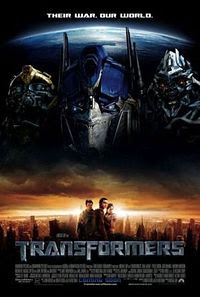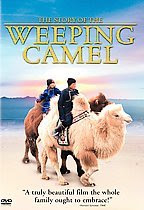Grant: Wait a minute! They can't shrink me.
General Carter: Our miniaturizer can shrink anything.
Grant: But I don't want to be miniaturized!
General Carter: It's just for an hour.
Grant: Not even for a minute!
General Carter: Our miniaturizer can shrink anything.
Grant: But I don't want to be miniaturized!
General Carter: It's just for an hour.
Grant: Not even for a minute!

This 1966 sci-fi adventure film is a blast. It holds up incredibly, unbelievably well forty-odd years later, from the very sophisticated opening credit sequence to the first, action-packed scenes, right up to the stunning sets and creative visual design. (A noisy airport scene unfolds with deafening jet sounds, brilliantly minus any dialog or music; it feels real and authentic, and builds tension immediately. This segues to men in black limos, departing the airport, and a sudden, intentional car crash and a shootout. .. still no incidental music and only barebones dialog. Very cool.). The film won two Oscars, actually, for Visual Effects and Art Direction).
There are many things about Fantastic Voyage to love and to rave about, but many of those details would spoil the fun. You need to know the plot, though, don’t you? A secret government project can shrink anything to microscopic size – anything, from buildings to army tanks to people – for 60 minutes or less. When the clock runs over that time, the item or person who has been “miniaturized” begins to grow. (What do you think they call this amazing machine? Why, the “Miniaturizer,” of course!)
One of the world’s top scientists, working originally for unnamed bad guys (I’d put my money on the Commie Rat Bastards), holds the key to extending the period of time that the items being shrunk can stay shrunk, and he wants to cross over to our side. Problem is, on the way to the secret, underground government laboratory, the scientist – yes, riding in one of those limos from the airport – comes under attack, hits his head, and soon has a life threatening blood clot in his brain. The only way to save him? Send in a medical crew with a laser gun to dissolve the clot, using The Miniaturizer, of course!
So a crew of doctors gets shrunk, and are injected into the man’s bloodstream, where they must navigate the arteries and veins in a teeny, tiny nuclear-powered submarine (with virtually no training beforehand, which is hilarious).
The visuals are wonderful, the acting is solid, and threats at every turn deliver thrills and giggles. And to add to the suspense, one of the doctors on board may or may not be “bad guy.” (It couldn’t be Raquel Welch, who seems pretty mousy until they have to put on diving gear for the first time, and her boxy white jumpsuit comes off to reveal a much more form-fitting ensemble she wears for the rest of the film. Va va va voom. Too sexy to be a bad guy, no?)
There are scary, strangling anti-bodies, G-force currents, a sudden dangerous turn towards the heart, and an unexpected stop in the inner ear drum, where any sudden, loud sound in the operating room would send all our shrunken rescuers into a tailspin. Not a good time to drop the scissors, there, sister!
Parents like my friend Steve-The-Nurse(/winemaker) will love explaining various details about biology to the kids along the way. And if you don’t know the movie Osmosis Jones (2001), it has a similar theme, with a story taking place inside the body, focusing on Osmosis Jones, an anthropomorphic white blood cell. It features Bill Murray, Chris Rock and David Hyde Pierce, is part animated and part live action, and is rated PG for some “bodily humor,” but I recommend it.
























